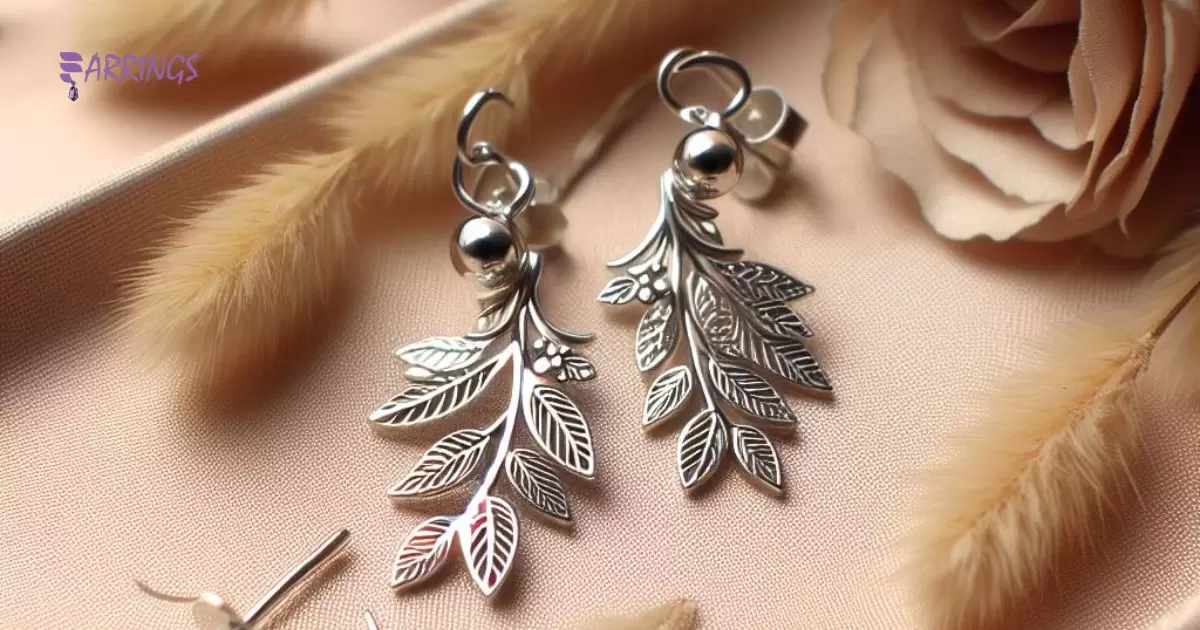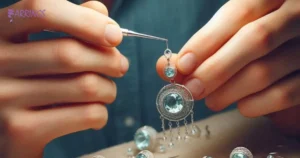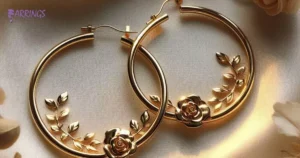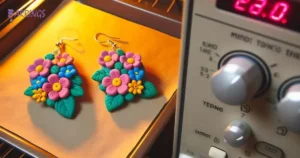Six weeks after piercing, earrings are allowed. Studs are a good starter choice. Clean piercings and earrings daily. Avoid heavy, dangling styles initially. Check for signs of infection regularly. See a doctor if issues develop. Lightweight hoops are generally fine.
What earrings to wear after 6 weeks? Choosing the perfect pair can elevate your style effortlessly. From elegant studs to statement hoops, find the right match to suit any occasion. Discover your signature look and let your earrings speak volumes about your personality.
After 6 weeks, it’s time to refresh your earring game, especially if you’re allergic to titanium earrings. Dive into your collection and rediscover forgotten treasures. Mix and match styles to create unique combinations that reflect your mood and personality. Experiment with different sizes, shapes, and textures to add a touch of flair to any outfit.
Key Takeaways
- Refresh collection after 6 weeks.
- Experiment with styles, sizes, textures.
- Reflect personality in choice of earrings.
Earring Designs Suitable For Fresh Piercings
When considering earring designs suitable for fresh piercings, prioritize comfort and safety. Opt for lightweight studs or small hoops to minimize irritation. Choose earrings made of hypoallergenic materials like titanium or surgical steel to reduce the risk of infection. Keep it simple yet stylish to ensure a smooth healing process.
Studs Other Styles
For fresh piercings, consider studs and other styles. Opt for earrings that won’t snag or irritate healing piercings. Choose designs with secure backs to prevent accidental loss. Prioritize comfort and safety while still expressing your style.
Secure Backings And Comfort
For fresh piercings, prioritize earrings with secure backings. Look for designs that offer comfort and stability to avoid irritation. Opt for studs or earrings with screw-on backs for added security. Keep your piercing safe and comfortable with these thoughtful choices.
When Can I Change My Ear Piercing?
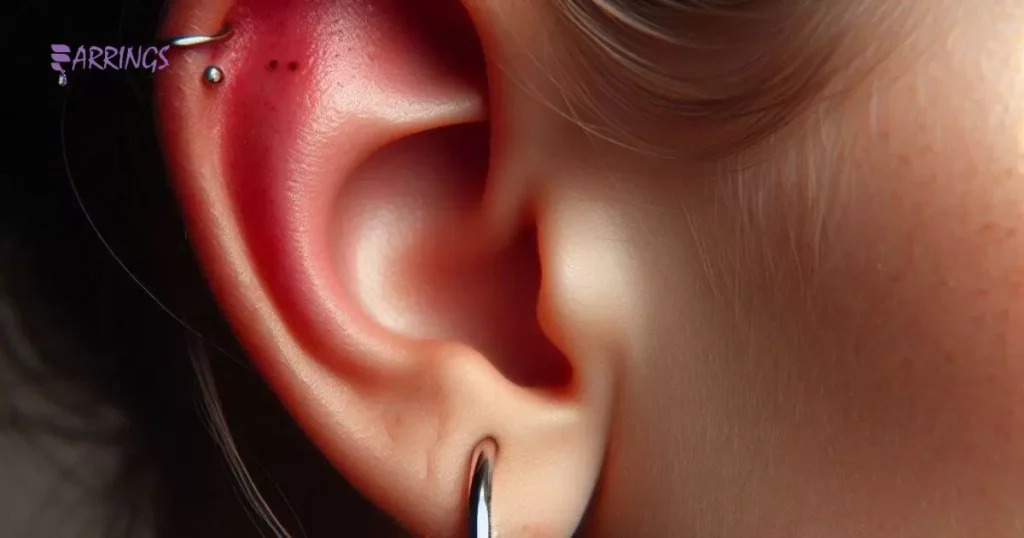
| Time Frame | Recommended |
| After 6-8 weeks | Consult a professional piercer |
| Fully healed (6-12 months) | Change with caution |
Wondering when you can change your ear piercing? It’s crucial to wait until your piercing is fully healed, typically around 6 to 8 weeks for earlobe piercings. Cartilage piercings may take longer, up to 3 to 6 months, so patience is key. Keep your piercing clean and avoid changing jewelry too soon to prevent irritation and infection.
Once your piercing has healed, changing your earrings can be an exciting way to express your style. Before swapping out jewelry, ensure your hands and earrings are clean to minimize the risk of infection. If you experience any pain, swelling, or redness, consult your piercer or a healthcare professional for guidance.
First Earrings For Piercing
Thinking about your first earrings for piercing? Choose studs or small hoops for comfort during the healing process. Opt for hypoallergenic materials like surgical stainless steel to prevent irritation. To follow aftercare instructions carefully to ensure proper healing.
As your piercing heals, you can gradually experiment with different earring styles. Try dainty dangly earrings or colorful studs to express your personal style. Keep in mind the size and weight of the earrings to avoid putting too much pressure on the healing piercing.
Healing Care Tips
Sure, here are some general healing care tips that can help promote physical and emotional well-being:
Rest and Sleep: Ensure you’re getting enough rest and quality sleep each night. Sleep is crucial for the body to repair and rejuvenate itself.
Nutrition: Eat a balanced diet rich in fruits, vegetables, whole grains, lean proteins, and healthy fats. Proper nutrition provides the body with the necessary nutrients to heal and maintain optimal function.
Hydration: Drink plenty of water throughout the day to stay hydrated. Water is essential for overall health and aids in various bodily functions, including healing and recovery.
Exercise: Engage in regular physical activity to improve circulation, strengthen muscles, and boost mood. Consult with a healthcare professional to determine appropriate exercises based on your current health status.
Stress Management: Practice stress-reducing techniques such as deep breathing, meditation, yoga, or spending time in nature. Chronic stress can impair the body’s ability to heal, so it’s essential to find healthy ways to manage stress.
Seek Medical Attention: If you have any injuries or health concerns, don’t hesitate to seek medical attention. Early intervention can prevent complications and promote faster healing.
Follow Medical Advice: If you’re prescribed medication or treatment by a healthcare professional, make sure to follow their instructions carefully and attend follow-up appointments as needed.
Social Support: Surround yourself with supportive friends and family members who can provide encouragement and assistance during your healing process. Emotional support is vital for overall well-being.
Self-Care: Take time for self-care activities that you enjoy, whether it’s reading, listening to music, taking a bath, or practicing a hobby. Self-care helps reduce stress and promotes relaxation.
Patience: Healing takes time, so be patient with yourself and your body’s natural healing process. Set realistic expectations and celebrate small victories along the way.
Remember that everyone’s healing journey is unique, so it’s essential to listen to your body and adjust your self-care routine accordingly. If you have specific health concerns or conditions, always consult with a healthcare professional for personalized advice and guidance.
Sizes And Healing
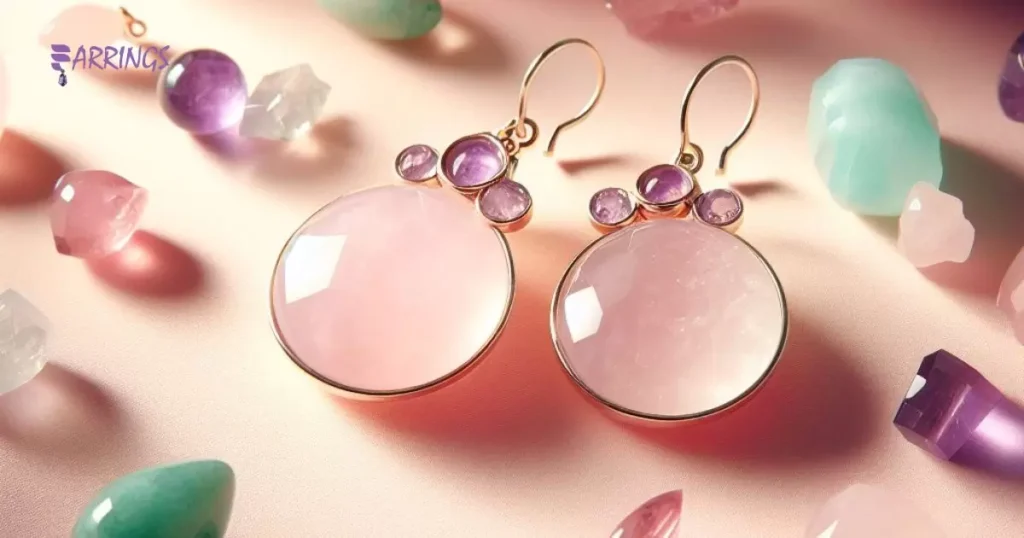
Considering sizes and healing, opt for lightweight earrings to prevent discomfort during the healing process. Larger earrings might irritate newly pierced ears, so choose smaller studs or hoops. Once fully healed, you can gradually introduce larger sizes and experiment with different styles to find what suits you best.
Choosing The Correct Size
When considering sizes and healing, choosing the correct size is crucial. Opt for earrings that are comfortable and allow for proper healing. Avoid oversized or too tight earrings that may cause irritation. Prioritize your comfort and well-being when selecting the size of your earrings.
Reducing Irritation And Promoting Healing
Choosing the right sizes promotes healing and reduces irritation. Opt for earrings that fit comfortably without squeezing or pulling. Proper sizing allows airflow and minimizes friction, aiding in the healing process.
Professional Piercers’ Advice
Listen to professional piercers’ advice when choosing earrings. Seek guidance on appropriate styles and materials for your piercing. Their expertise ensures safe and stylish choices for every occasion. Trust their recommendations to keep your ears happy and healthy.
Selecting A Piercing Studio
When selecting a piercing studio, prioritize cleanliness and professionalism. Look for studios with experienced piercers and a sterile environment. Research online reviews and ask for recommendations to ensure a safe and comfortable piercing experience.
Piercing Methods And Jewelry Selection
Professional piercers’ advice extends to piercing methods and jewelry selection. They’ll guide you through the process, ensuring safety and comfort. Rely on their expertise to choose the right jewelry for your piercing, promoting healing and style simultaneously.
Aftercare Recommendations
For aftercare recommendations, trust your professional piercer’s guidance. Keep your piercings clean with saline solution and avoid touching them unnecessarily. Following their advice ensures a smooth healing process and reduces the risk of complications.
Dressing Style Coordination

When it comes to dressing style coordination, simplicity is key. Start with a focal piece, like statement earrings, and build your outfit around it. Choose complementary colors and textures to create a cohesive look.
Keep accessories balanced to avoid overwhelming your ensemble. If your earrings are bold, opt for more understated clothing and vice versa. Coordination is about balance and harmony, so trust your instincts and have fun experimenting with different combinations.
Long-Term Maintenance Advice
When it comes to long-term maintenance advice, consistency is key. Make it a habit to clean your earrings regularly to keep them looking their best. Use a soft cloth or gentle jewelry cleaner to remove any dirt or tarnish.
Store your earrings properly to prevent damage and tangling. Consider using individual compartments or a jewelry box with soft lining to keep them safe. Taking these simple steps will help preserve the beauty and quality of your earrings for years to come.
Frequently Asked Questions
What To Do After 6 Weeks Of Ear Piercing?
After 6 weeks of ear piercing, it’s time to switch earrings. Cleanse lobes gently with saline solution. Consult a professional if any concerns arise.
Will Earring Holes Close Up After 6 Weeks?
After 6 weeks, will earring holes close up? It depends on individual healing rates. Keep earrings in to prevent closure.
Is 6 Weeks Long Enough For Ear Piercing?
Consult a professional for advice on healing. Prioritize safety and hygiene.
Conclusion
Choosing earrings after 6 weeks is an opportunity to refresh your style. Experiment with different designs to express your personality effortlessly. Remember to prioritize comfort and safety, especially for fresh piercings.
Seek advice from professional piercers to ensure proper care and maintenance. With their expertise, you can confidently select earrings that complement your look. Embrace variety and enjoy expressing yourself through your earring choices.
